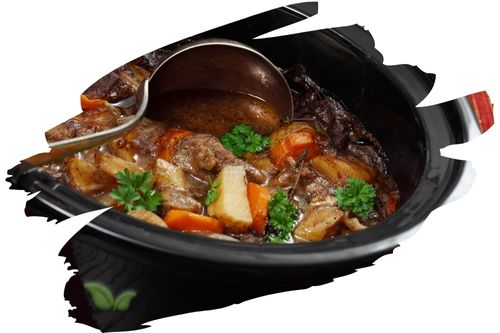
Allspice is a spice derived from the dried berries of the Pimenta dioica tree, which is native to the Caribbean and Central America. The name "allspice" was given to the spice because its flavor is said to resemble a combination of several other spices, such as cinnamon, nutmeg, and cloves. Allspice has been used in cooking and medicine for thousands of years, and it continues to be a popular spice today.
The use of allspice can be traced back to the indigenous people of Central America, who used the spice for both culinary and medicinal purposes. The Maya and Aztecs used allspice in their cooking, and also used it to treat a variety of ailments, including stomach problems and toothaches. The spice was later introduced to Europe by Spanish explorers in the 16th century.
The Pimenta dioica tree, which produces allspice berries, is grown primarily in Jamaica, but it can also be found in other parts of the Caribbean and Central America. The tree is an evergreen that can grow up to 40 feet tall, and it produces small white flowers that eventually turn into green berries. The berries are harvested when they are still green and then dried in the sun until they turn brown.
Allspice is used in a wide variety of dishes, including meats, soups, and baked goods. It is also a key ingredient in many spice blends, such as jerk seasoning and pumpkin pie spice. In addition to its culinary uses, allspice is also used in medicine to treat digestive issues and to relieve pain.
Overall, allspice has a long and fascinating history, and it continues to be a popular spice today. Its unique flavor and versatility make it a valuable addition to any kitchen, and its medicinal properties make it a useful tool for maintaining health and wellness.
Alert: While spices can have many beneficial properties for health, using them for medical purposes should be done under the guidance and supervision of a healthcare professional or specialist. Some spices may interact with medications or cause adverse reactions in certain individuals, and it is important to use them safely and appropriately. If you are considering using spices for a medical condition, it is important to consult with a healthcare professional before doing so.




















































